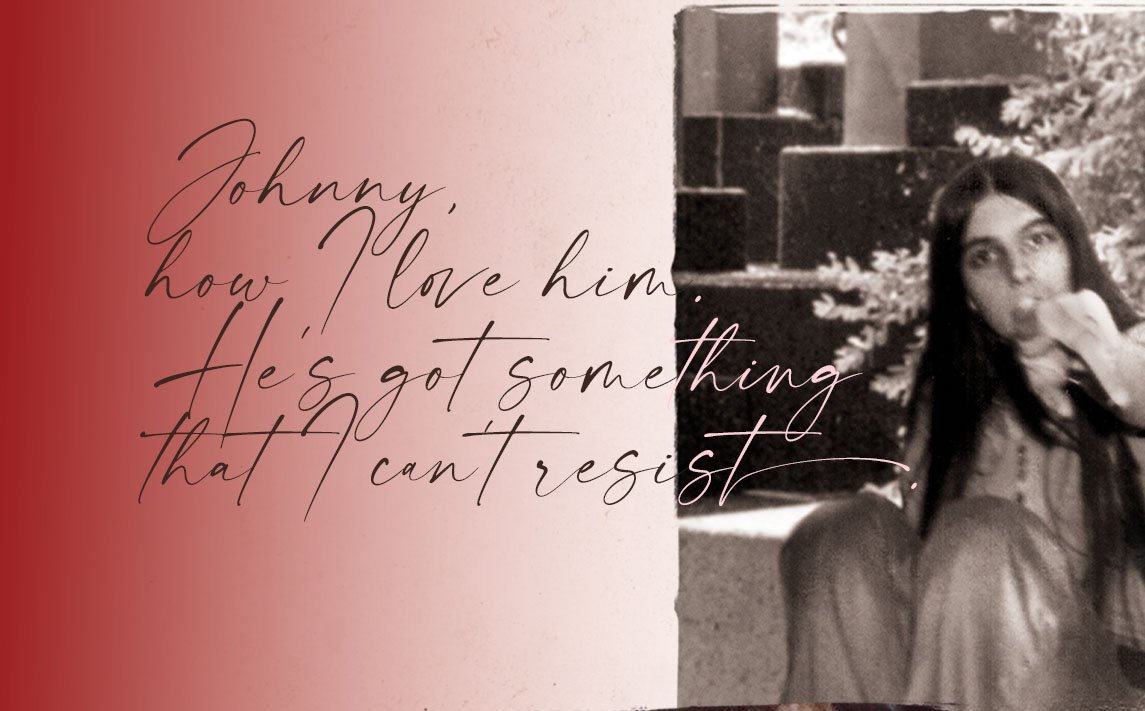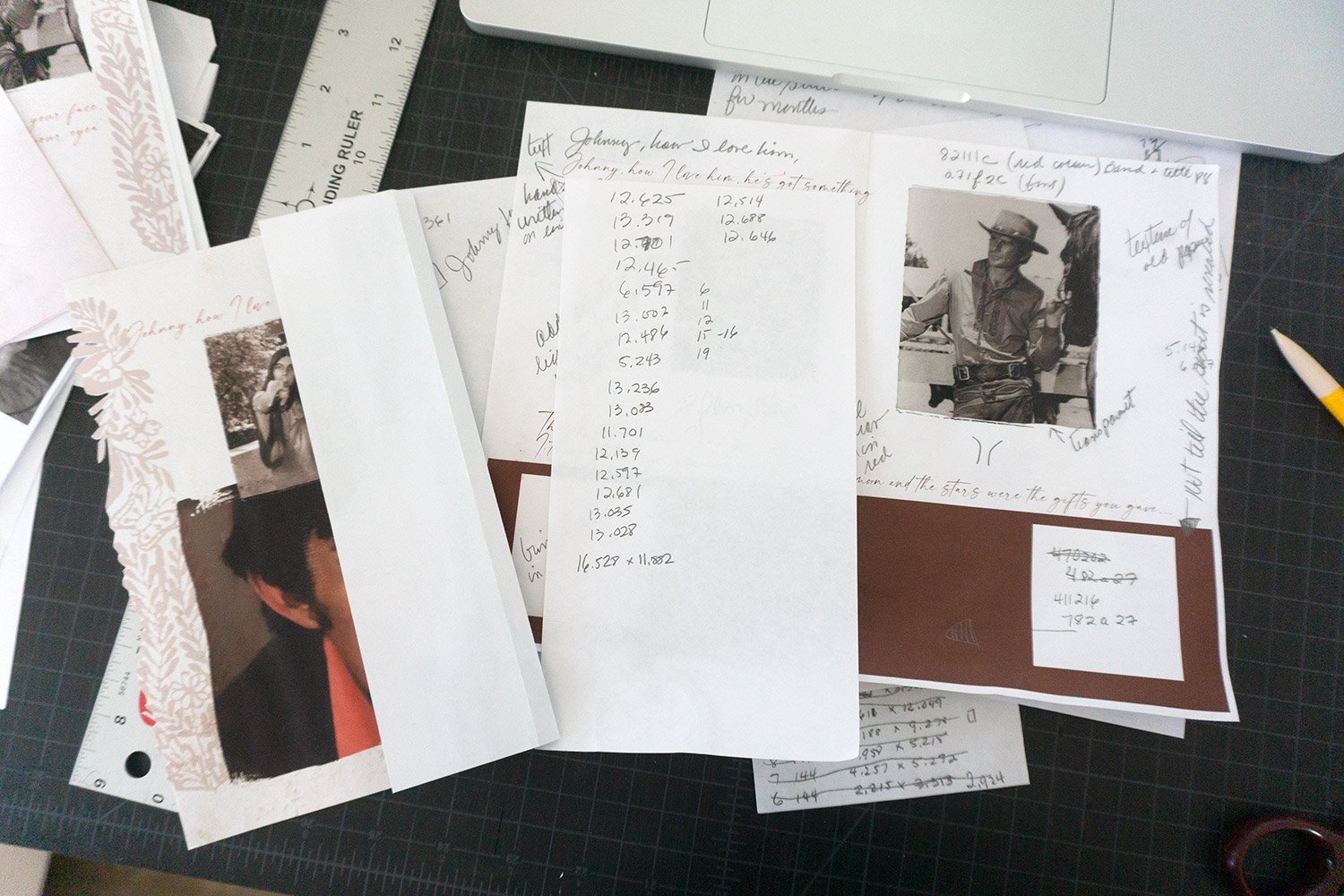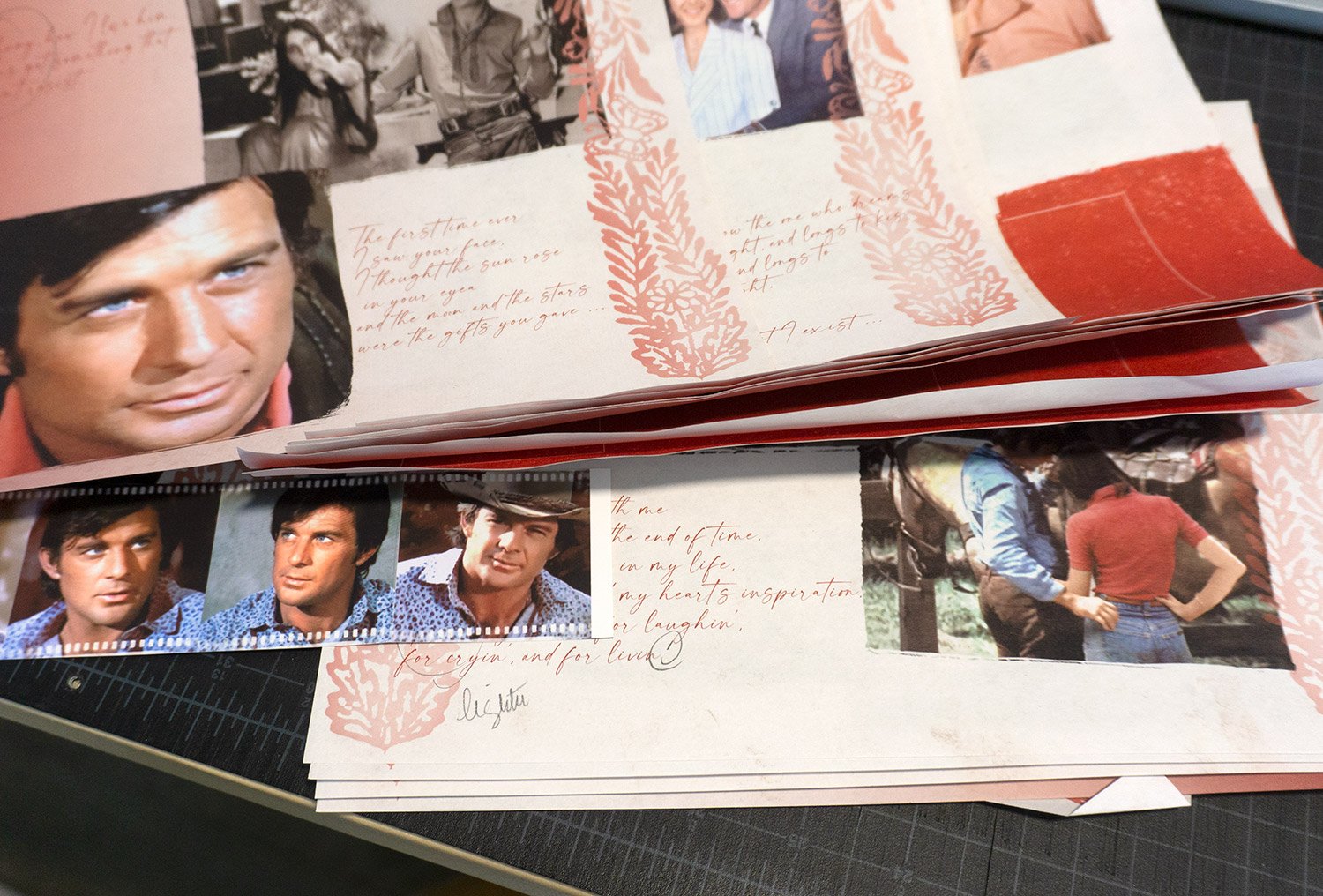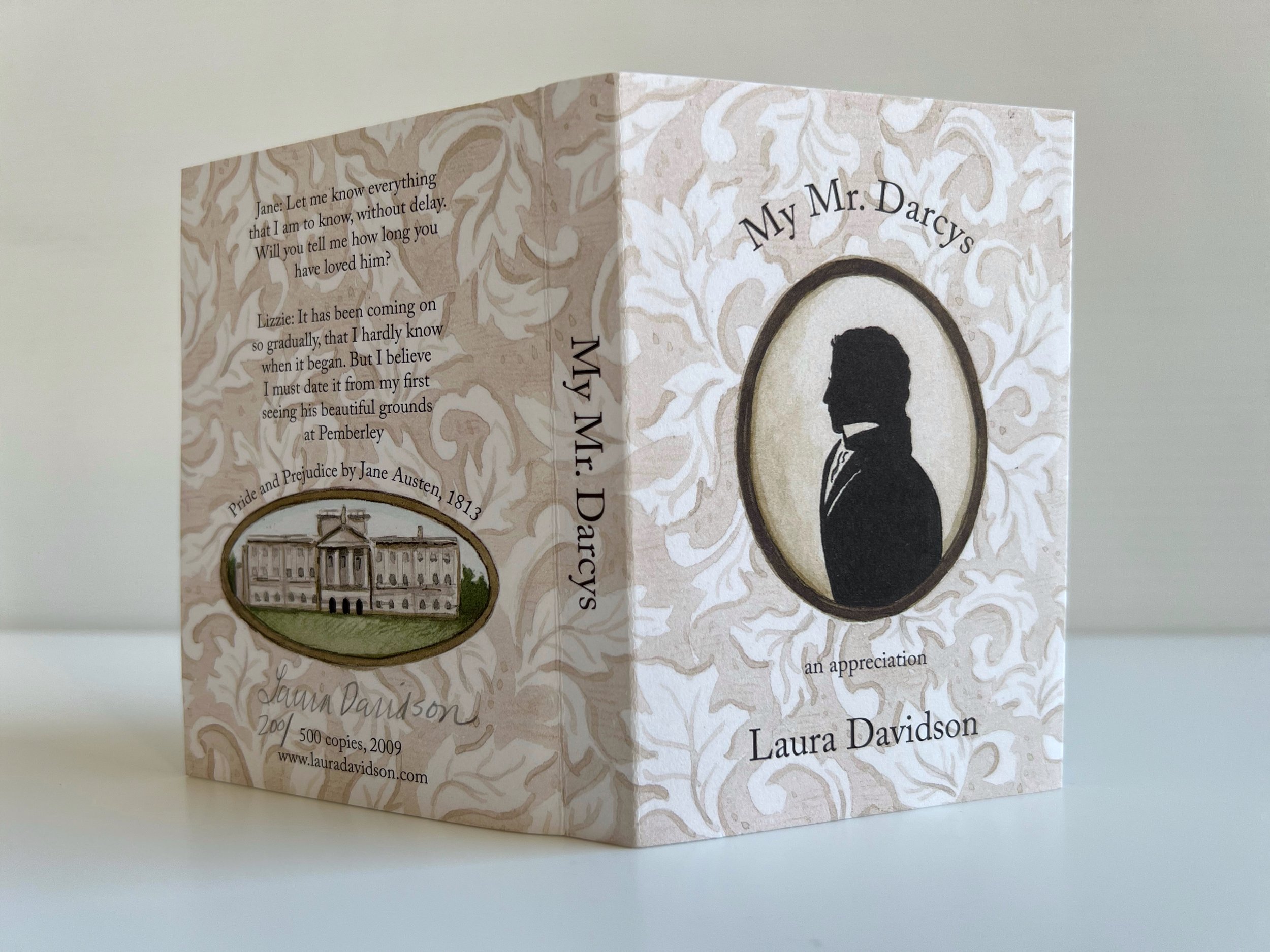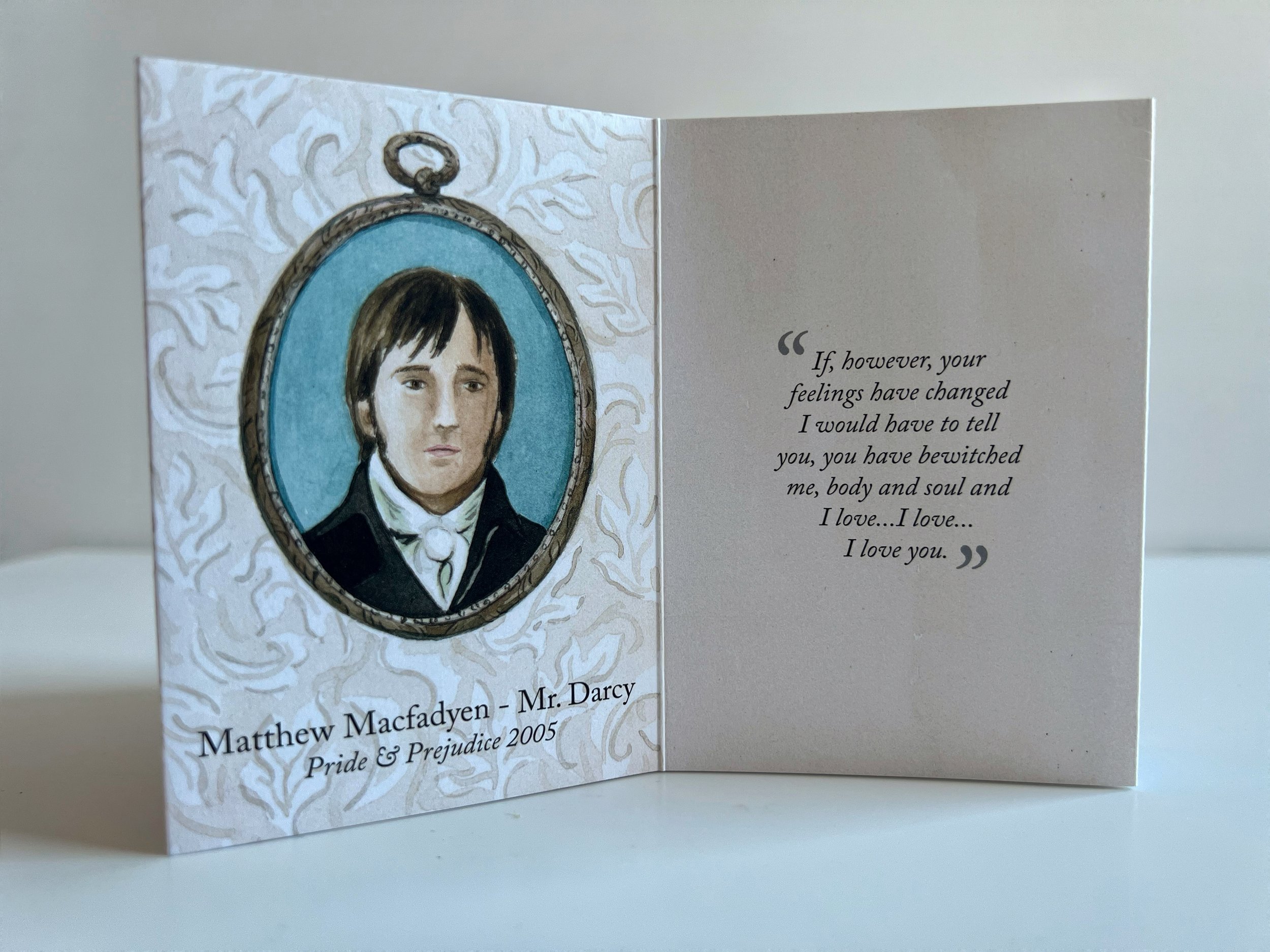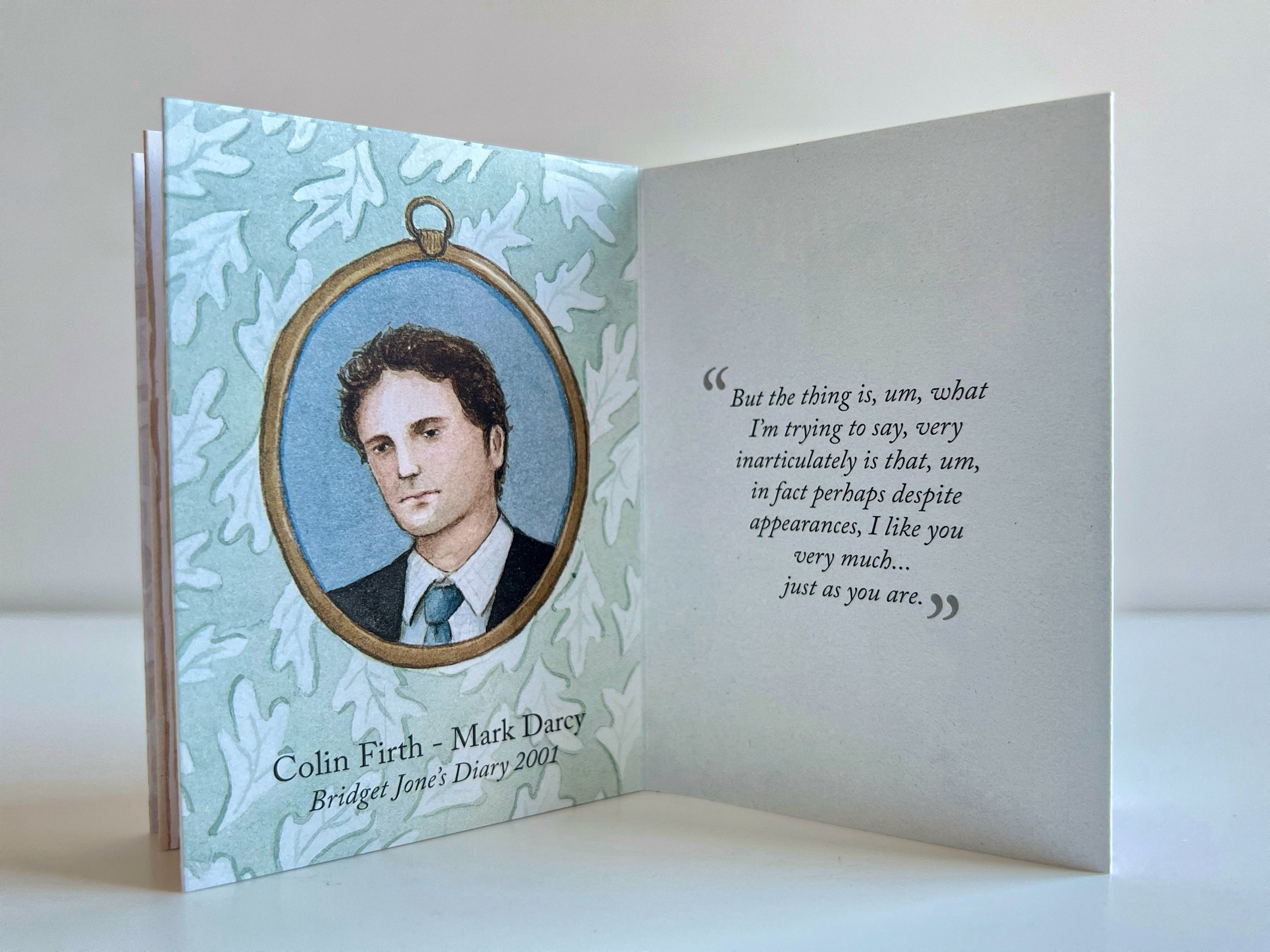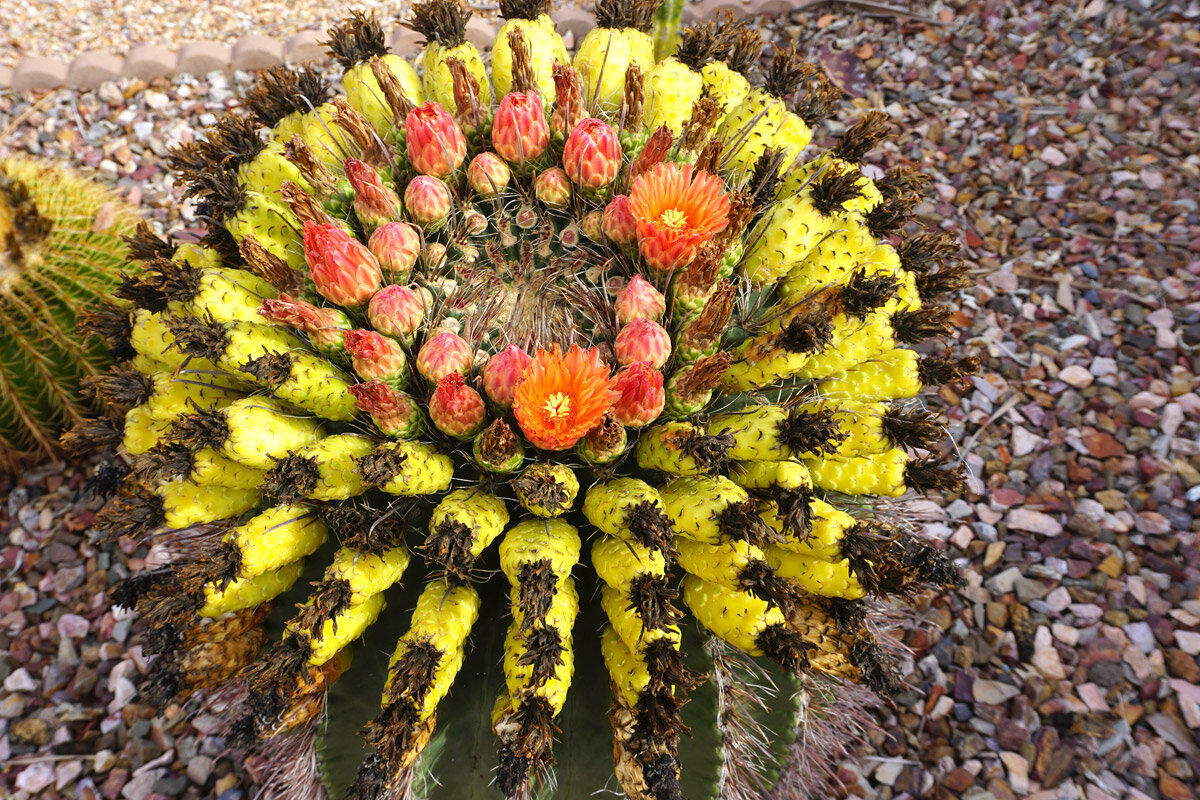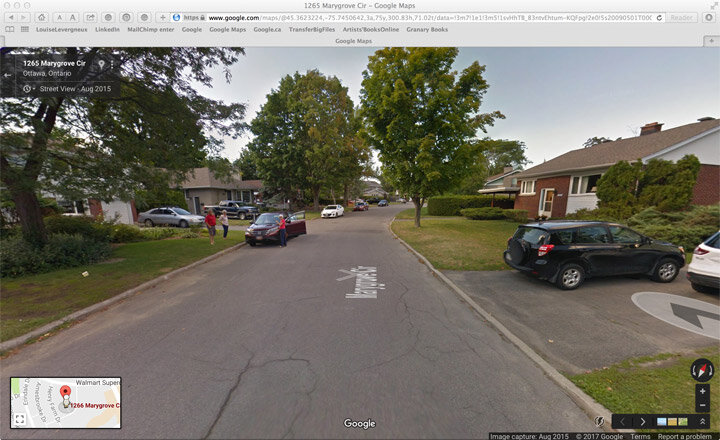EXECUTION
Storytelling Development
Bringing to life the visual and narrative of the book.
“Young love is a flame; very pretty, often very hot and fierce, but still only light and flickering. The love of the older and disciplined heart is as coals, deep-burning, unquenchable”. — Henry Ward Beecher
What comprise the story behind Infatuation?
This project demanded in-depth thoughts and emotions on an almost 55-year old event. Feeling more and more like an actor whose job is to bring a scripted character to life, I wondered what technique I could use to bring the dialogue of a celebrity crush alive.
© 2022 Louise Levergneux. Studying structures, images, and text.
Infatuation presents this fantasy/reality by juxtaposing personnal photos with appropriated stills from the TV show Lancer. Once the photos were chosen to fit the wanted effect, I used my many years of working in Photoshop to blend images and re-awake a celebrity-crush dream world. Compositing in Photoshop allowed the creation of impossible scenes — the fantasy intrinsic of a young adolescent — resulting in a journal filled with her dream world. To recreate this dream world, I combined multiple exposures and composited backgrounds, making sure each photo had the proper lighting sources to juxtapose the correct images together. Each detaif the composite shifts the reader’s focus on what becoming of age means for an adolescent girl.
© 2022 Louise Levergneux. A composite image from three different photos and still. Text/words appropriated from “Unchained Melody” by The Righteous Brothers, 1965.
© 2022 Louise Levergneux. A composite image from two different photo/still plus text/words from “Something's Gotten Hold Of My Heart” by Robson and Jerome, 1996, original song released in 1967.
© 2022 Louise Levergneux. A composite image from two different photo/still plus text/words from “Something's Gotten Hold Of My Heart” by Robson and Jerome.
Next came the script, I selected words of songs to yield power to the imagination that are meant to inspire the reader. On the first page, the first few words deliver the initial information about the character — the heart strings that tug a youthful teenager.
© 2022 Louise Levergneux. Text/words on first page is appropriated from “Johnny Angel” by Shelley Fabares, 1961.
© 2022 Louise Levergneux. Text on second page is appropriated from “You Don't Know Me” by Elvis Presley, 1967.
© 2022 Louise Levergneux. Text comes form Eric Clapton’s - "Forever Man"
Option Development
Elaborate the options for the binding and the structure and choose a final format.
With a chosen title of “Infatuation” and a subject in place, I started to visualize and narrate with prototypes. My choice for a structure and page layout had to fully represent a young adolescent’s dreams. What did I remember about this intense but short-lived passion — this unattainable fantasy? I explored the traits of a young girl — the friends, the journal, the dreams, and the secrets. With my initial research on structures and bindings. I decided a mix of accordion and drum leaf would be ideal. The drum leaf structure gave me the possibility of using spreads or multiple images without anything cutting the image. The drum leaf also added to the weight of the folios. A small accordion inserted in the middle of the book brings forward the secrets involved in a young girl’s journal.
© 2022 Louise Levergneux. Title page.
© 2022 Louise Levergneux. Infatuation open showing drumleaf pages and mini-accordion page.
Pilot Options
Examine and step back from the work, formulating an analysis and questioning one's own work.
I enjoy using Moab Lasal photo paper, after identifying many templates and choosing the size of the book, I found out the company no longer made the preferred size with the correct grain direction in this paper. So back to the drawing board to figure out a different size paper to work with.
I’m still researching how to bind this bookwork. I know that leather needs to be part of the binding but still need to iron out the details.
I’m on a three month journey down the Northwest and West coast of the US. This has given me the opportunity to do more self-reflection and to continue my research as I will be meeting with women with the same interests and visiting film locations, this will help with the finishing touches for the images. With more info and photos to utilize as background I intend to work on my project while on this journey and have a completion date for the beginning of September. We will see… life has a way of sending curves even fun ones!
How does it feel to be in the final stages of a book? It's a time when you're problem-solving at every step. The practical questions are more present. I realize that from reading you because you are also in the final stages: the binding, the paper format, etc. There is a lot of creativity in this period because we think about the materials available, how to handle them, etc. I love this stage of the process.
© 2022 Guylaine Couture. A sprout=an idea
On my side I finished my book "A sprout=an idea". Because I was under a time constraint (one month), the book became more of a detailed model of what the book could be. I didn't measure the size of my pages correctly in relation to the cover, the pieces sometimes didn't fit well, and the pop-ups are far from perfect. But, I made so many nice discoveries though: the pop-up work and the root printing, different from what I had done for another book. I really like the result which motivates me to continue some of the things I discovered in this work.
© 2022 Guylaine Couture. A sprout=an idea
I look forward to seeing your book in the early fall! — Guylaine Couture





